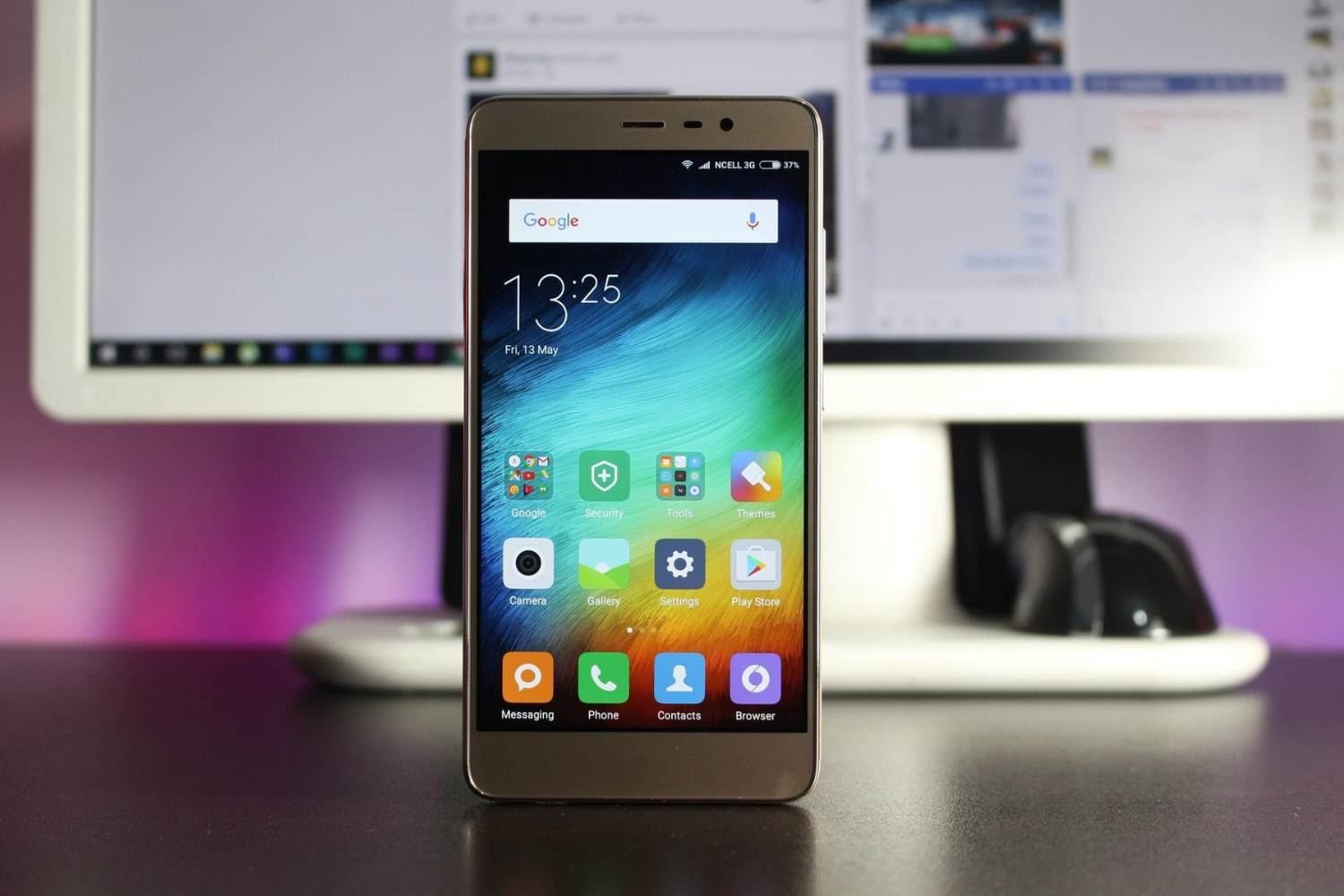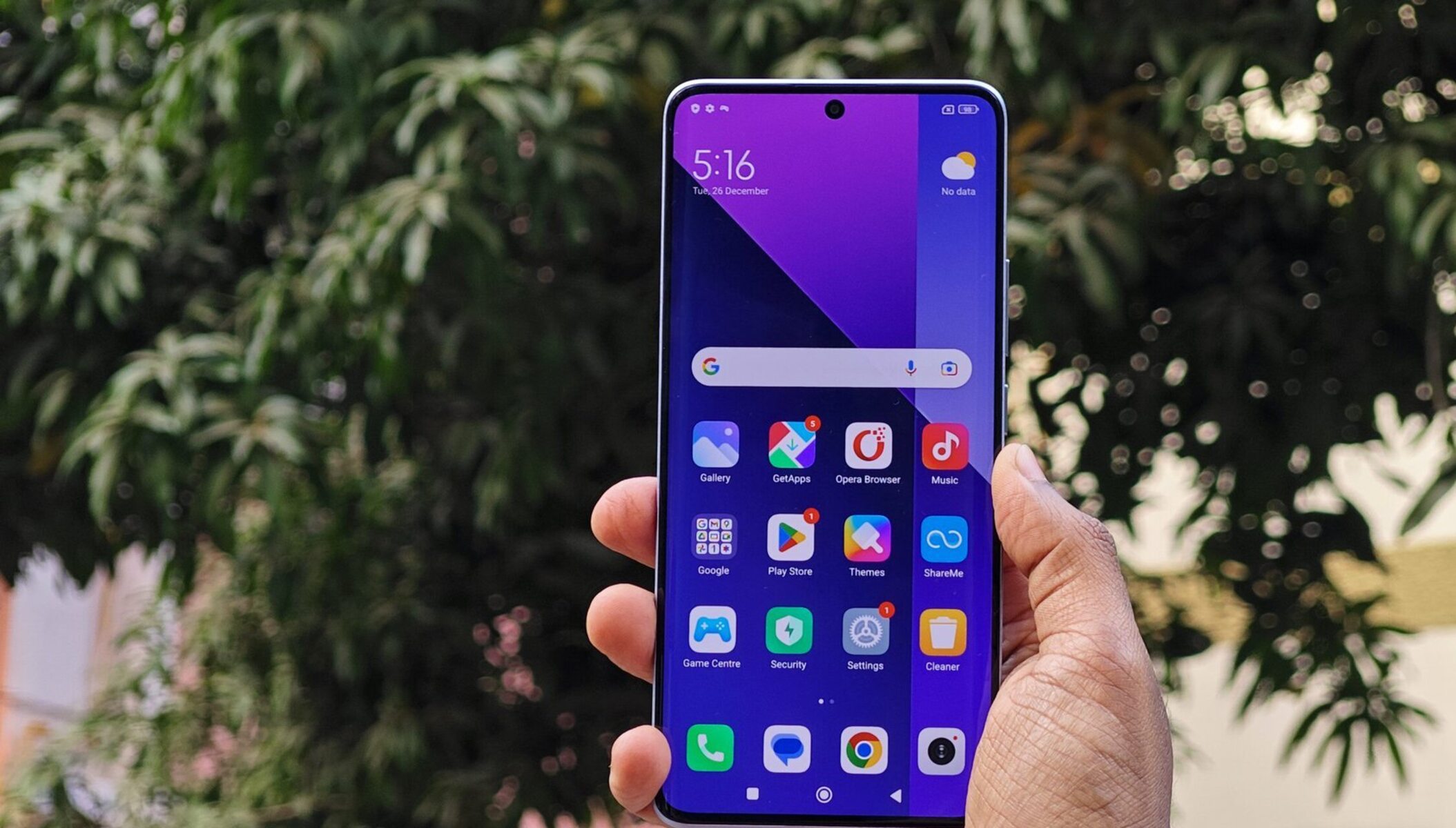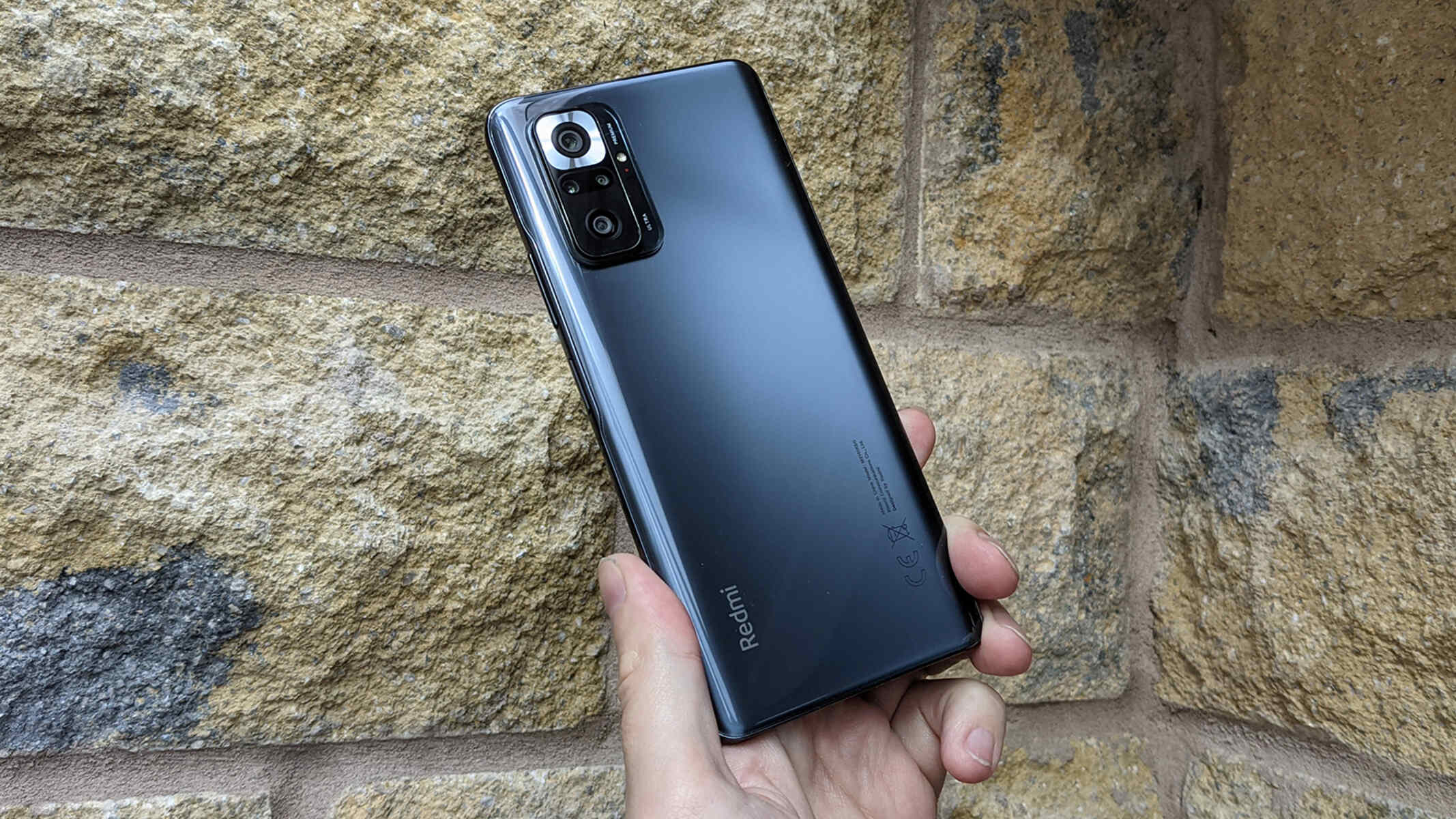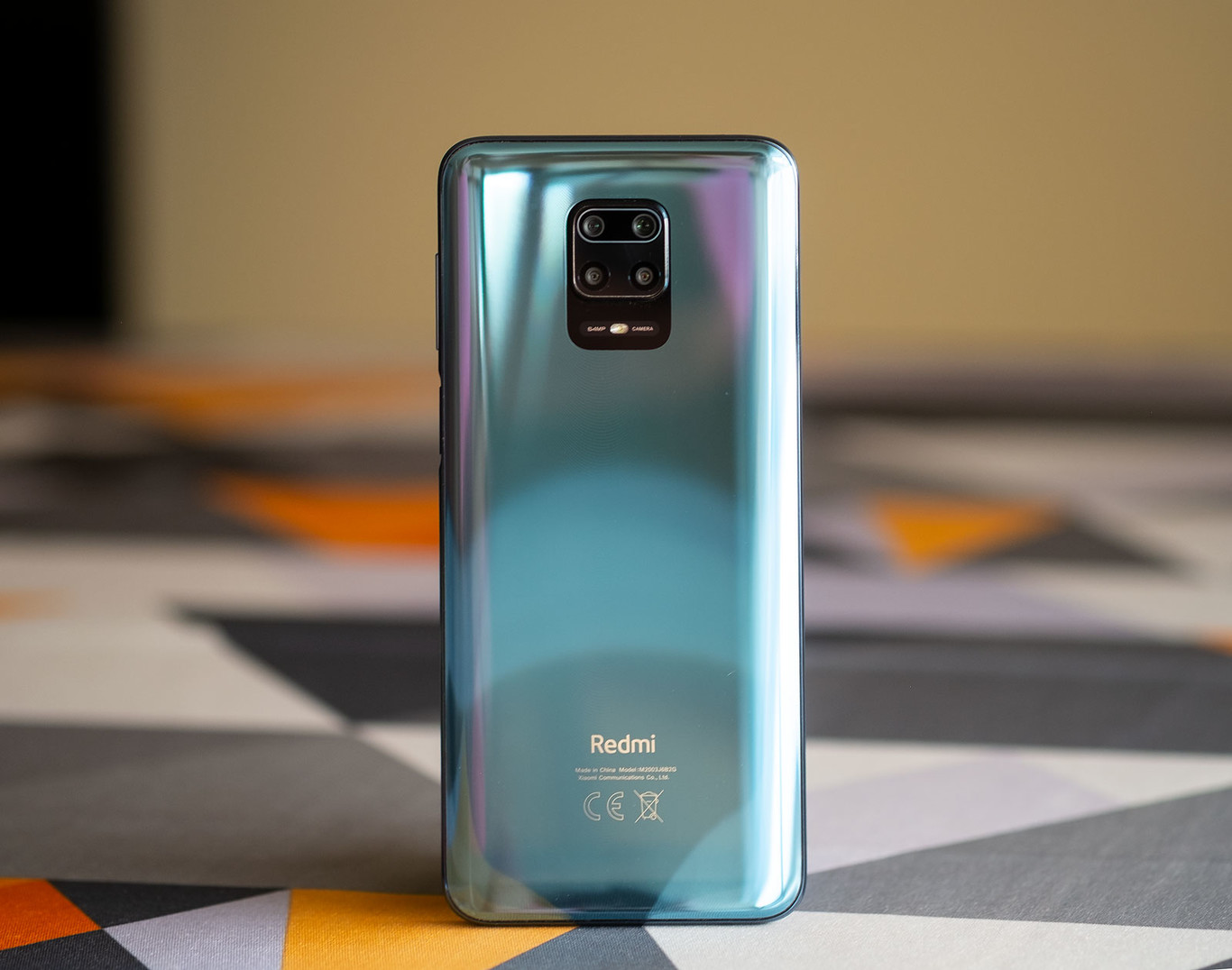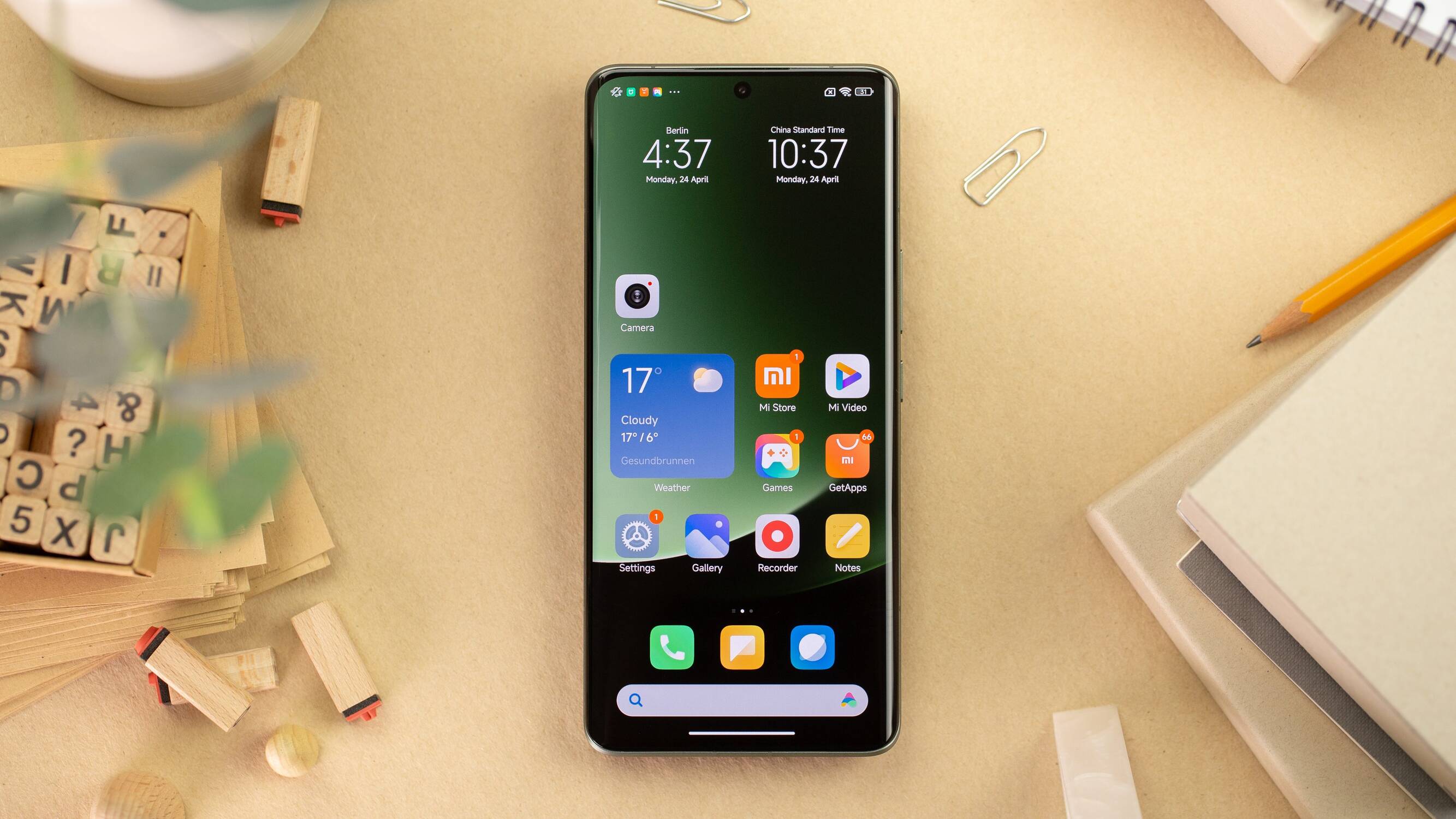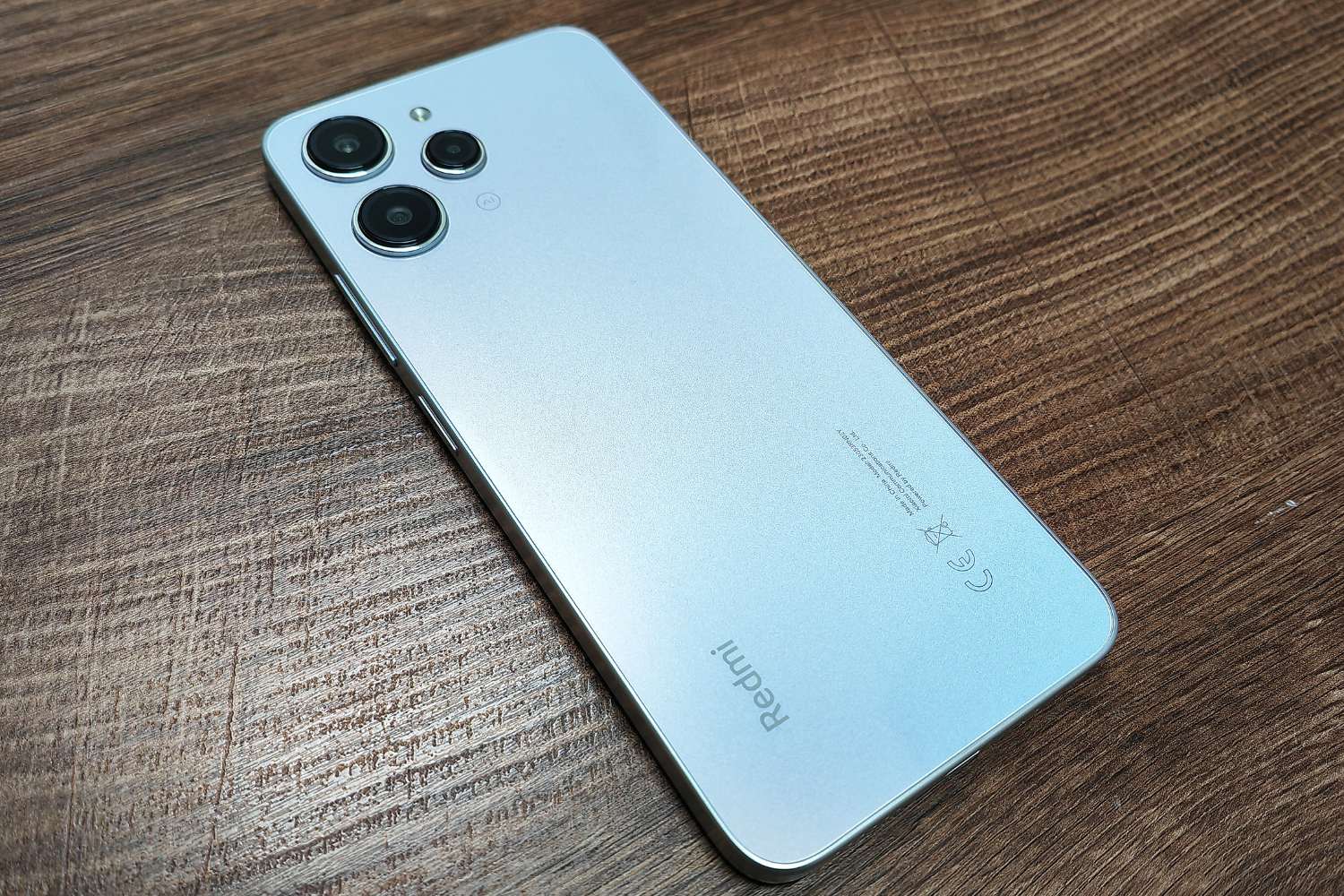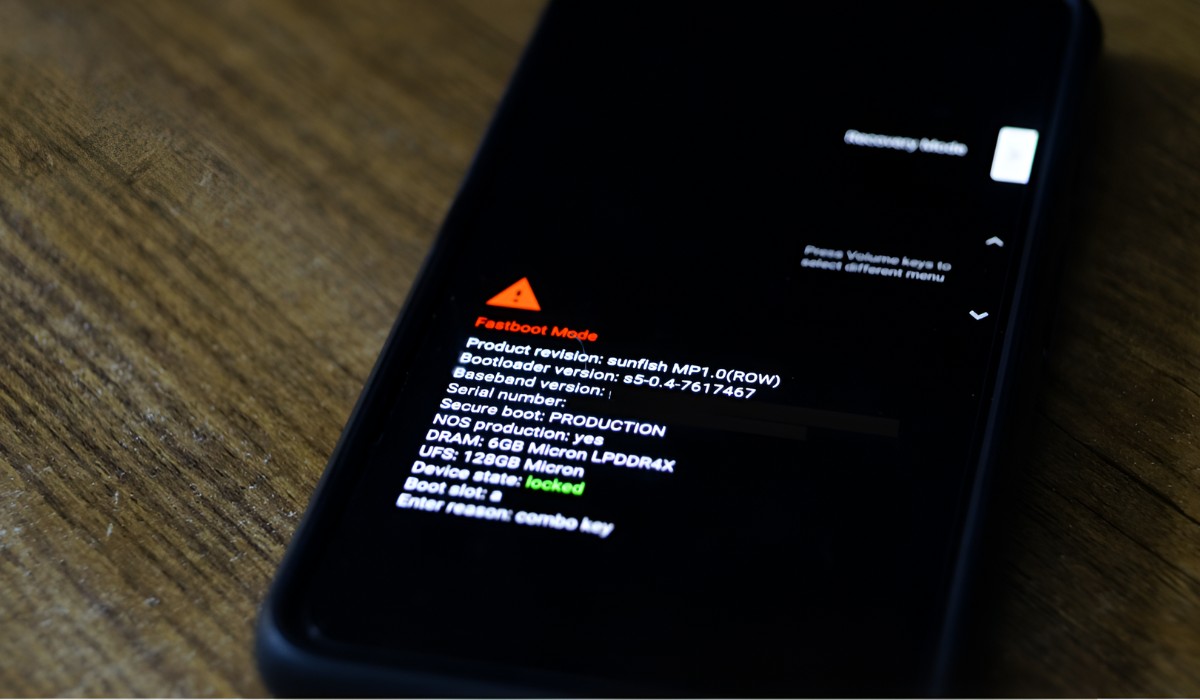Introduction
Mobile devices have become an integral part of our daily lives, serving as gateways to a myriad of applications that store sensitive and personal information. With the increasing reliance on smartphones for various tasks, the need to safeguard our data has become more critical than ever. This is where the concept of app lock comes into play, offering a layer of protection that ensures only authorized individuals can access specific applications.
In this comprehensive guide, we will delve into the world of app lock on the Redmi Note 3, a popular and feature-rich smartphone. By understanding the nuances of app lock and learning how to effectively utilize it on the Redmi Note 3, you can fortify the security of your device and maintain control over the accessibility of your applications.
App lock empowers users to secure their personal data, such as messages, photos, and financial apps, from unauthorized access. Whether you're concerned about your privacy or simply want to prevent others from meddling with your apps, the app lock feature provides a robust solution to address these concerns.
As we embark on this journey, we will explore the intricacies of setting up app lock on the Redmi Note 3, customizing its settings to suit your preferences, and addressing common troubleshooting issues. By the end of this guide, you will be equipped with the knowledge and tools to leverage app lock effectively, ensuring that your sensitive information remains safeguarded from prying eyes.
So, let's dive into the world of app lock on the Redmi Note 3 and discover how this feature can serve as a reliable guardian for your cherished applications.
Understanding App Lock on Redmi Note 3
App lock is a pivotal feature that empowers Redmi Note 3 users to fortify the security of their applications, thereby preventing unauthorized access to sensitive data. This functionality serves as a digital guardian, allowing individuals to selectively lock specific apps, such as messaging platforms, photo galleries, and financial applications, behind an additional layer of security. By doing so, users can maintain control over who can access their applications, ensuring that their personal information remains safeguarded from prying eyes.
The app lock feature on the Redmi Note 3 operates by prompting users to authenticate their identity, typically through methods such as a PIN, pattern, or fingerprint scan, before granting access to the locked applications. This authentication process adds an extra barrier, effectively thwarting unauthorized attempts to open the secured apps. As a result, users can enjoy peace of mind, knowing that their private data is shielded from unauthorized access, even if their device falls into the wrong hands.
Moreover, the app lock functionality is designed to be intuitive and seamless, seamlessly integrating into the user experience without imposing unnecessary complexities. Redmi Note 3 users can easily navigate the app lock settings, enabling them to swiftly designate which applications they wish to secure and the preferred method of authentication. This flexibility allows individuals to tailor the app lock feature to their specific needs, customizing it to align with their unique usage patterns and security preferences.
By comprehending the significance of app lock on the Redmi Note 3, users can harness this feature to establish a robust defense mechanism against unauthorized access to their applications. Whether it's safeguarding personal conversations, confidential documents, or financial transactions, the app lock feature serves as a reliable shield, ensuring that users retain full control over the accessibility of their cherished applications.
In the subsequent sections, we will delve into the practical aspects of setting up and customizing app lock on the Redmi Note 3, equipping users with the knowledge and insights to leverage this feature effectively. Through a deeper understanding of app lock, individuals can harness the full potential of this functionality, enhancing the security of their device and preserving the confidentiality of their applications.
Setting Up App Lock
Setting up app lock on your Redmi Note 3 is a straightforward process that empowers you to fortify the security of your applications. To initiate this safeguarding mechanism, follow these simple steps:
-
Accessing App Lock Settings: Begin by navigating to the "Settings" app on your Redmi Note 3. From there, locate and select the "App Lock" option. This will serve as the gateway to configuring the app lock feature on your device.
-
Enabling App Lock: Upon entering the "App Lock" settings, you will be prompted to set a secure pattern, PIN, or utilize the fingerprint authentication method. Choose the preferred authentication method that aligns with your security preferences and provides a seamless user experience.
-
Selecting Apps to Lock: After configuring the authentication method, you can proceed to select the specific applications that you wish to lock. This can include messaging apps, photo galleries, financial tools, or any other sensitive applications that you want to safeguard from unauthorized access.
-
Completing the Setup: Once you have designated the applications to be locked, the app lock feature will be activated, and the selected apps will now require the specified authentication method to be accessed. This additional layer of security ensures that only authorized individuals can open the locked applications, preserving the confidentiality of your data.
By following these steps, you can effectively set up app lock on your Redmi Note 3, establishing a robust defense mechanism to protect your applications from unauthorized access. This process empowers you to take control of the security of your device, ensuring that your sensitive information remains shielded from prying eyes.
With app lock in place, you can navigate your daily tasks with confidence, knowing that your private data is safeguarded behind an additional layer of security. This seamless integration of app lock into the Redmi Note 3's user experience exemplifies the device's commitment to providing a secure and intuitive environment for its users.
In the subsequent section, we will delve into the customization options available for app lock on the Redmi Note 3, allowing you to tailor this feature to suit your unique security preferences and usage patterns.
Customizing App Lock Settings
Customizing app lock settings on your Redmi Note 3 enables you to tailor this security feature to align with your specific preferences and usage patterns. By delving into the customization options, you can enhance the effectiveness and convenience of app lock, ensuring that it seamlessly integrates into your daily routine while providing robust protection for your applications.
Personalized Authentication Methods
One of the key aspects of customizing app lock settings is the ability to personalize the authentication methods. Redmi Note 3 offers a range of options, including PIN, pattern, and fingerprint authentication. By selecting the authentication method that best suits your preferences, you can streamline the unlocking process while maintaining a high level of security. For instance, if you prefer the convenience of fingerprint authentication, you can seamlessly integrate this method into app lock, allowing for swift and secure access to your locked applications.
App-Specific Locking Parameters
Customization also extends to the ability to set app-specific locking parameters. This empowers you to define unique security measures for different applications based on their sensitivity and your usage patterns. For instance, you can choose to enable a shorter auto-lock duration for messaging apps to ensure that they are promptly secured when not in use, while allowing a longer duration for photo gallery apps. This level of customization ensures that app lock adapts to your specific needs, providing a tailored security experience for each application.
Stealth Mode and Intruder Selfie
Redmi Note 3's app lock feature also offers advanced customization options such as stealth mode and intruder selfie. Stealth mode allows you to conceal the presence of locked applications from the home screen and app drawer, adding an additional layer of privacy. On the other hand, the intruder selfie feature captures a photo of anyone who attempts to access a locked app with an incorrect authentication method. These advanced customization options not only enhance the security of your applications but also provide valuable insights into unauthorized access attempts.
By customizing app lock settings on your Redmi Note 3, you can elevate the security of your device to new heights while tailoring the user experience to align with your preferences. This level of customization ensures that app lock seamlessly integrates into your daily routine, providing a robust shield for your applications without compromising on convenience.
Troubleshooting and Tips for App Lock
Ensuring the seamless functionality of app lock on your Redmi Note 3 is paramount to maintaining the security of your applications. However, occasional challenges or uncertainties may arise, necessitating troubleshooting measures and practical tips to optimize the performance of this essential security feature.
Addressing Unresponsive App Lock
If you encounter instances where the app lock feature becomes unresponsive or fails to prompt for authentication when accessing locked applications, consider restarting your device. This simple yet effective troubleshooting step can resolve temporary software glitches that may impede the functionality of app lock. Additionally, ensuring that your Redmi Note 3 is running the latest software updates can mitigate potential compatibility issues, thereby enhancing the reliability of app lock.
Optimizing Fingerprint Recognition
For users leveraging fingerprint authentication within app lock, optimizing the fingerprint recognition process can significantly enhance the user experience. To achieve this, ensure that your registered fingerprints are accurately scanned and stored within the device's settings. Additionally, periodically re-registering your fingerprints can refresh the biometric data, improving the accuracy and responsiveness of fingerprint authentication within app lock.
Managing Forgotten Authentication Credentials
In the event of forgetting the PIN or pattern used for app lock, Redmi Note 3 provides a seamless recovery process. By leveraging the registered Mi account associated with the device, users can initiate the retrieval of their app lock credentials. This serves as a valuable safety net, ensuring that users can regain access to their locked applications without compromising the security of their data.
Leveraging App Lock Notifications
Enabling app lock notifications can serve as a proactive measure to stay informed about unauthorized access attempts. By receiving real-time notifications when an incorrect authentication method is entered for a locked application, users can promptly take action to secure their device and investigate potential security breaches. This feature provides valuable insights into unauthorized access attempts, empowering users to maintain a vigilant stance against potential security threats.
Tips for Enhanced Security
To further fortify the security provided by app lock, consider periodically reviewing and updating the list of locked applications to align with your evolving security needs. Additionally, exercising caution when granting app lock access permissions to third-party applications can mitigate potential vulnerabilities and ensure the integrity of the security framework.
By implementing these troubleshooting measures and leveraging practical tips, users can optimize the performance of app lock on their Redmi Note 3, ensuring that their applications remain safeguarded from unauthorized access while maintaining a seamless user experience.
Conclusion
In conclusion, the app lock feature on the Redmi Note 3 serves as a formidable guardian, empowering users to fortify the security of their applications and preserve the confidentiality of their sensitive data. By understanding the nuances of app lock and harnessing its capabilities, Redmi Note 3 users can navigate their digital realm with confidence, knowing that their cherished applications are shielded from unauthorized access.
Throughout this guide, we have delved into the intricacies of app lock, from its fundamental significance to the practical aspects of setting up and customizing this essential security feature. By comprehending the role of app lock in safeguarding personal data, users can leverage this functionality to establish a robust defense mechanism against potential security threats.
The seamless integration of app lock into the Redmi Note 3's user experience exemplifies the device's commitment to providing a secure and intuitive environment for its users. The ability to personalize authentication methods, set app-specific locking parameters, and leverage advanced customization options such as stealth mode and intruder selfie underscores the device's dedication to empowering users with comprehensive security features.
Furthermore, the troubleshooting measures and practical tips provided in this guide equip users with the knowledge to optimize the performance of app lock, ensuring its seamless functionality and reliability. By addressing potential challenges and implementing proactive security measures, users can maintain a vigilant stance against unauthorized access attempts, thereby enhancing the overall security posture of their device.
Ultimately, the app lock feature on the Redmi Note 3 transcends beyond a mere security measure; it embodies a commitment to empowering users with control over their digital privacy. As individuals continue to rely on their smartphones for an array of tasks, the assurance that their personal data remains safeguarded through app lock instills a sense of confidence and peace of mind.
In essence, app lock on the Redmi Note 3 stands as a testament to the device's dedication to providing a secure, intuitive, and personalized user experience. By embracing the capabilities of app lock and integrating it into their daily routine, users can navigate the digital landscape with the assurance that their applications and sensitive data are shielded by a robust security framework.







